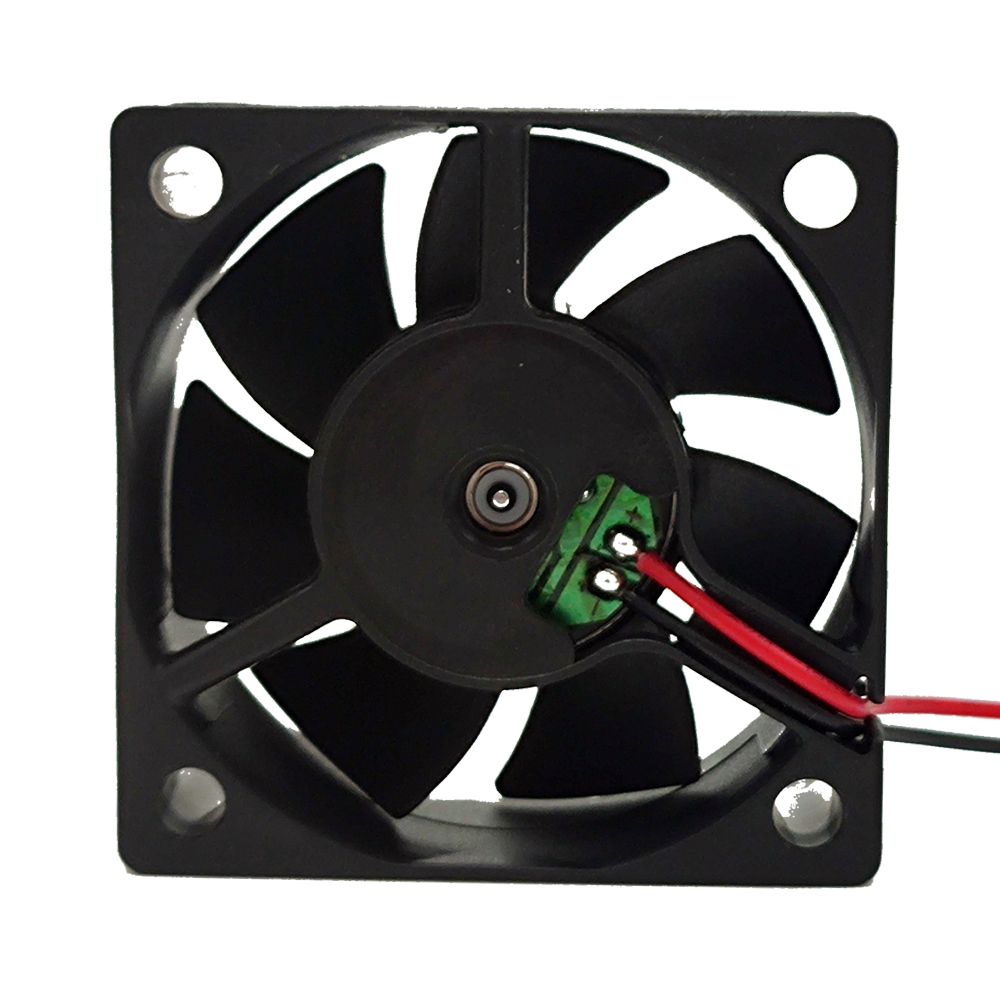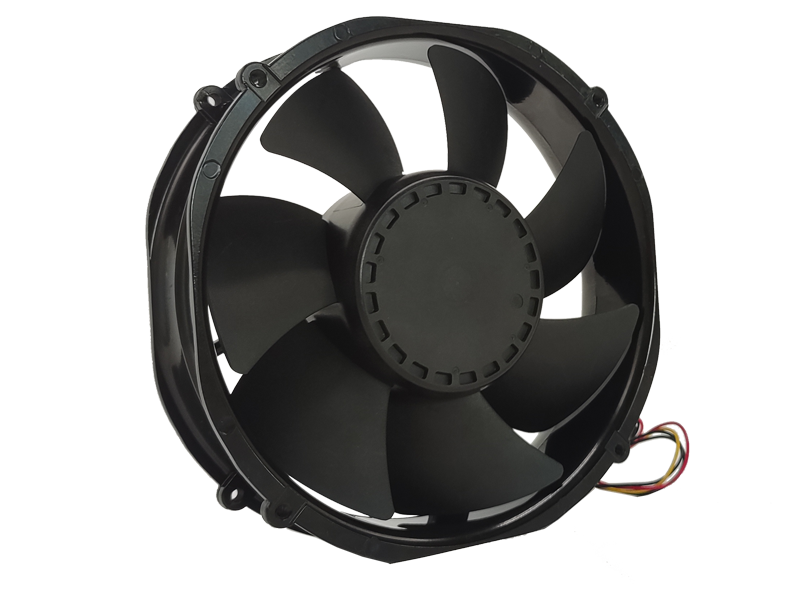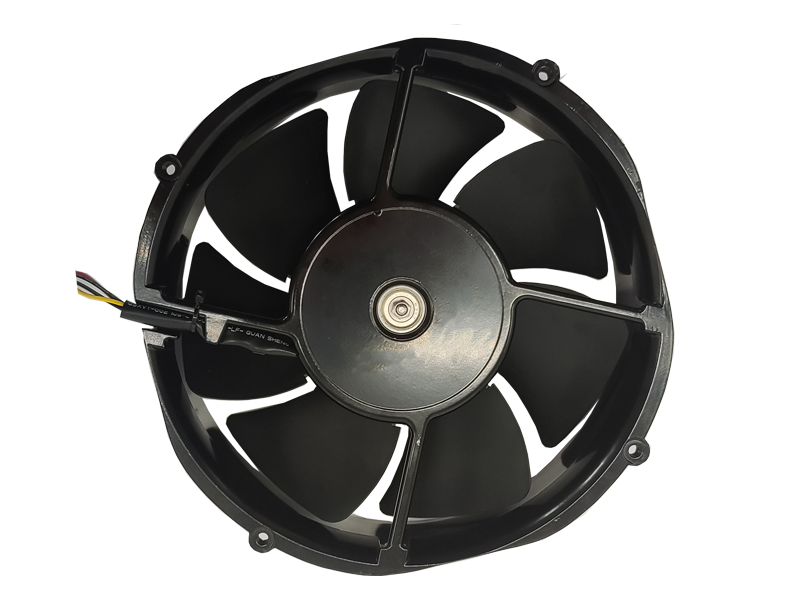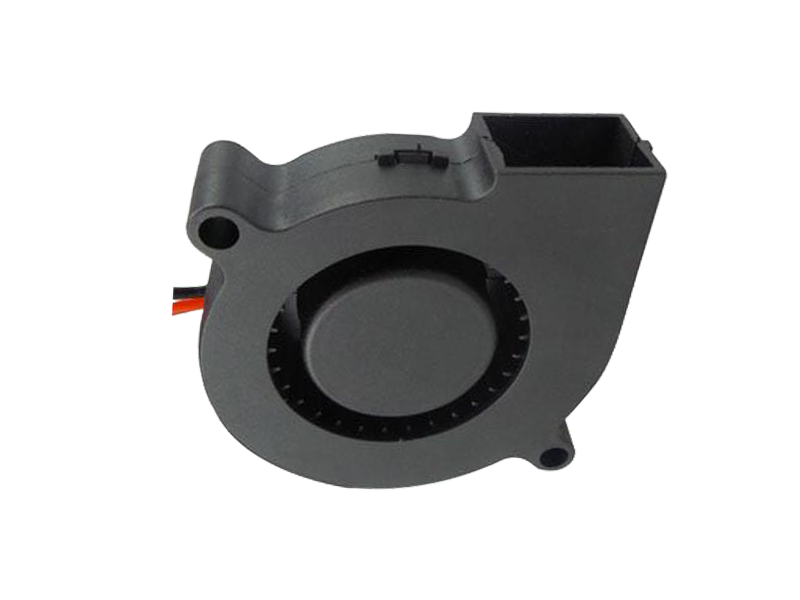In the world of industrial equipment, efficiency, safety, and longevity are paramount concerns. Whether in manufacturing, warehouses, power plants, or agricultural settings, maintaining optimal airflow is crucial to ensure that systems operate smoothly and efficiently. Industrial fans are often an integral part of this equation, contributing not just to cooling, but to the overall performance, safety, and sustainability of industrial operations.
This article explores industrial fans from a product development perspective, focusing on their functionality, types, and the critical role they play in enhancing industrial product performance, energy efficiency, and cost-effectiveness. We will also look at the challenges of designing industrial fans that meet the needs of diverse industries, as well as trends that are shaping the future of this important product.
1. The Essential Role of Industrial Fans in Product Functionality
Airflow and Temperature Regulation
The most straightforward role of industrial fans is temperature regulation. In environments where machines are running at full capacity, such as in manufacturing plants or data centers, temperature control is crucial. Equipment overheating can cause malfunctions, slowdowns, or even catastrophic failures. By circulating air and dissipating heat, industrial fans help keep the temperature within a safe range, which directly impacts the performance and lifespan of equipment.
Cooling Industrial Equipment: Large machines, such as motors, turbines, and compressors, generate significant amounts of heat. Industrial fans work to dissipate this heat, preventing the equipment from overheating and thereby improving operational efficiency.
Maintaining Comfortable Work Environments: In factories or warehouses where employees work in close proximity to machinery, fans help circulate air and maintain comfortable working conditions, reducing the risk of heat stress and increasing productivity.
Air Quality and Ventilation
Air quality is another critical factor in many industrial settings. Manufacturing processes often release dust, fumes, or other contaminants into the air. Industrial fans, particularly ventilation fans, help to filter out these particles, maintaining the integrity of the workplace environment and safeguarding employee health.
Dust Extraction: In industries such as woodworking, construction, and metalworking, particulate matter can pose significant health risks to workers. Industrial fans equipped with filters or cyclonic separators are designed to extract dust and particulate matter, ensuring the air remains breathable and safe.

Fume Removal: Certain industries, such as chemical processing or food production, generate fumes that could be hazardous. Proper ventilation ensures that harmful gases or vapors are expelled safely, reducing the risk of fire hazards and maintaining a healthy workplace.
Enhancing System Efficiency
Industrial fans not only improve environmental conditions but also directly influence the efficiency of industrial processes. Whether it's enhancing combustion efficiency in power plants or improving airflow in cooling towers, the proper functioning of industrial fans is critical to optimizing operations.
Energy Efficiency: In many industrial applications, fans are integral to the process of managing airflow in ventilation and exhaust systems. Ensuring the fans are appropriately sized and tuned can reduce energy consumption and lower operating costs. For example, in air conditioning systems, an industrial fan's efficiency directly affects the system's power usage.
Increased Productivity: Fans also play a key role in improving the overall workflow in industrial environments by ensuring that there is a constant, smooth flow of air to cool machinery, clear debris, or move products along a conveyor belt.
2. The Various Types of Industrial Fans
Industrial fans come in various types, each designed to meet specific needs and performance requirements. The selection of the right fan for a given application is crucial to its efficiency and effectiveness. Below are some common types of industrial fans and their specific uses.
Axial Fans
Axial fans are perhaps the most widely recognized type of industrial fan. These fans push air in a direction parallel to the shaft around which the blades rotate. They are best suited for applications that require high airflow over long distances.
Applications: Axial fans are commonly used in applications such as cooling towers, ventilation systems, and air handling units in large buildings or industrial facilities. They are typically used where the fan needs to move large volumes of air at low pressure.
Advantages: Axial fans are generally more energy-efficient for large-scale applications where a high volume of air needs to be moved, making them an economical choice for ventilation and cooling.
Centrifugal Fans
Centrifugal fans work by pulling air into the center of the fan and then accelerating it outwards through the fan blades, creating higher air pressure. This makes them ideal for applications where higher pressures or more focused airflow are needed.
Applications: Centrifugal fans are used in a wide range of applications, including dust collection systems, industrial HVAC systems, and large-scale air handling systems. They are also commonly used in applications that require overcoming significant resistance to airflow.
Advantages: These fans are highly effective in creating high-pressure airflow, making them ideal for environments with restrictive airflow paths, such as ductwork or industrial air filtration systems.
Mixed Flow Fans
As the name suggests, mixed-flow fans combine elements of both axial and centrifugal fans. They are designed to handle a wide range of airflow and pressure conditions, making them highly versatile.
Applications: Mixed flow fans are commonly used in large-scale industrial ventilation systems, such as in power plants, mines, or large factories. They are especially effective when space is limited, as they can handle a wide range of conditions without requiring as much space as centrifugal fans.
Advantages: Mixed-flow fans are highly flexible and can be used in a variety of applications, including situations where airflow resistance is moderate and high airflow volumes are required.
3. The Challenges in Designing Industrial Fans for Diverse Applications
Designing industrial fans for optimal performance in various environments is not without its challenges. Manufacturers must consider multiple factors to ensure that the fan meets the specific needs of the application while also providing long-term reliability.
Energy Efficiency and Sustainability
As energy costs continue to rise and environmental regulations become stricter, energy efficiency is a critical design consideration for industrial fans. Fans that are not optimized for energy efficiency can result in substantial energy waste, increasing operating costs and the environmental impact of industrial operations.
Low-Noise Designs: In noise-sensitive environments, such as hospitals, research labs, or even residential areas near factories, fan noise can be a significant issue. Engineers are working on designing fans that operate with minimal noise while maintaining high efficiency. This requires innovations in fan blade design, motor optimization, and vibration damping systems.
Green Technology: With growing concerns about climate change and sustainability, industrial fan manufacturers are exploring eco-friendly materials and designs that minimize energy consumption. For example, more fans are being built with energy-efficient motors and improved blade designs that maximize airflow while minimizing power usage.
Durability and Reliability
Industrial fans often operate in harsh environments, subject to high temperatures, heavy dust, moisture, and even corrosive chemicals. Designing fans that are durable enough to withstand these conditions is a major challenge.
Materials and Coatings: Manufacturers use corrosion-resistant materials such as stainless steel, aluminum, or specially coated alloys to ensure that the fan can survive in challenging conditions. Additionally, bearings and motor systems are designed to withstand continuous use over long periods.
Maintenance Considerations: To keep industrial fans running efficiently, manufacturers design products that are easy to maintain and repair. Features such as modular fan blades and accessible motor components are increasingly common to make routine maintenance simpler and less costly.
Customization for Specific Needs
No two industrial applications are exactly the same, and product designers must often create custom solutions to meet the specific requirements of a particular industry or application. This customization could involve adjusting fan speed, blade design, motor type, or even fan housing.
Tailored Performance: For certain applications, such as high-efficiency exhaust systems or cleanroom environments, fans need to be highly customized to meet the specific airflow and pressure needs. This may involve collaboration between manufacturers and clients to design a fan that meets both the technical and operational demands of the environment.
4. The Future of Industrial Fans: Trends and Innovations
The future of industrial fans is likely to be shaped by innovations in materials, energy efficiency, and digital technology.
Smart Fans and IoT Integration
With the rise of the Internet of Things (IoT), industrial fans are becoming increasingly smart. Integrating sensors that monitor performance and provide real-time feedback allows for predictive maintenance and better energy management. IoT-enabled fans can alert operators when there is a need for maintenance, or when airflow is not optimized, leading to improved operational efficiency and reduced downtime.
Advances in Materials and Construction
New materials, such as advanced composites and alloys, are helping to make industrial fans lighter, stronger, and more corrosion-resistant. This is particularly important for applications in industries like chemical manufacturing or food production, where the fan must withstand exposure to harsh environments.
Sustainable Design
With environmental concerns continuing to dominate, sustainable fan designs are becoming more common. These include using energy-efficient motors, incorporating renewable energy sources, and designing fans that require less power to operate while still maintaining high levels of airflow.
Conclusion
Industrial fans play a crucial role in ensuring that machinery operates efficiently, maintaining air quality, and promoting worker safety across a wide range of industries. Their design must balance factors such as energy efficiency, durability, and customization to meet the specific needs of each application. As technology continues to evolve, industrial fans will likely become more energy-efficient, durable, and connected, helping industries reduce costs, improve productivity, and meet sustainability goals. For product designers and engineers, understanding the intricacies of industrial fan technology is essential to creating effective solutions that enhance operational performance and contribute to a more sustainable future.
Recommended Products

The main purpose:Car charging station

The main purpose:Car charging station

The main purpose:Electronic refrigerators, water dispensers, direct drinking machines, inverter power supplies
Address:No. 4137, Longgang Avenue (Henggang Section), Henggang Community, Henggang Street, Longgang District, Shenzhen
hotline:13530005572(Chen)15112579390(Li)


Welcome all friends to come for consultation and negotiation.
Copyright 2024 @ Shenzhen Youneng Xinyuan Electronics Co., Ltd.,(industrial fans,industrial blowers,axial fans,cooling fans manufacturer,centrifugal fans,ac cooling fans,dc cooling fans)